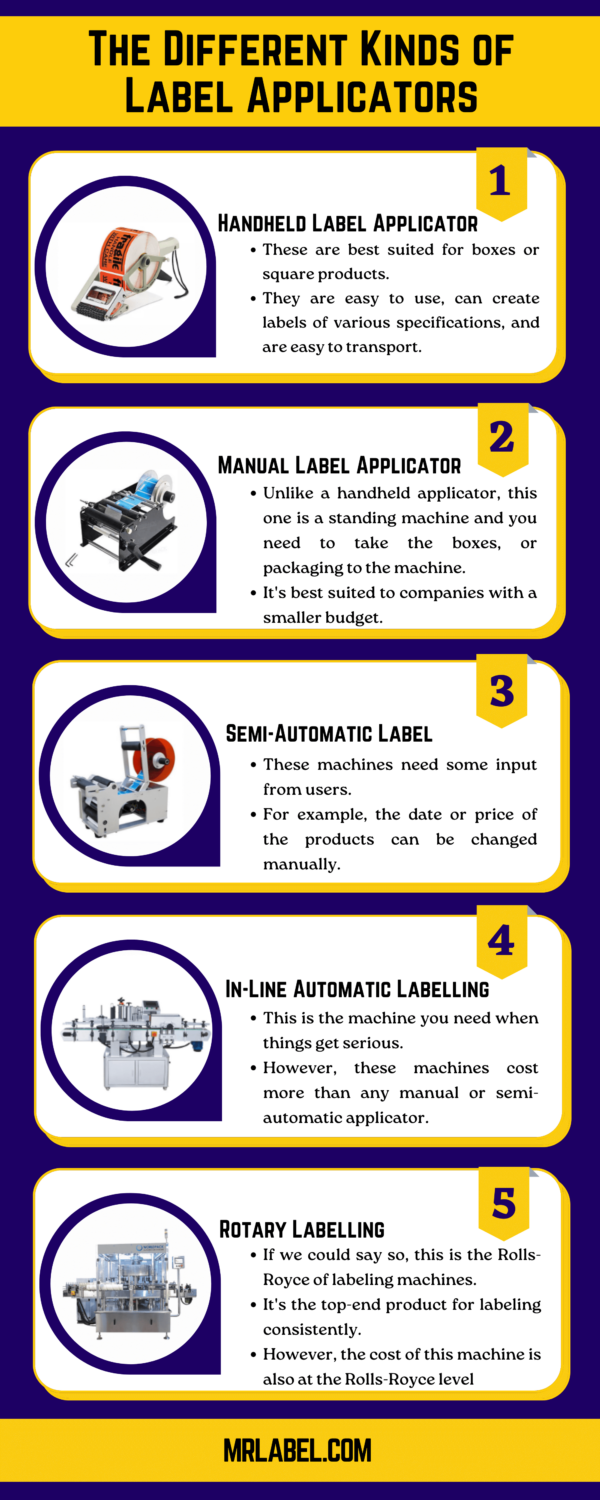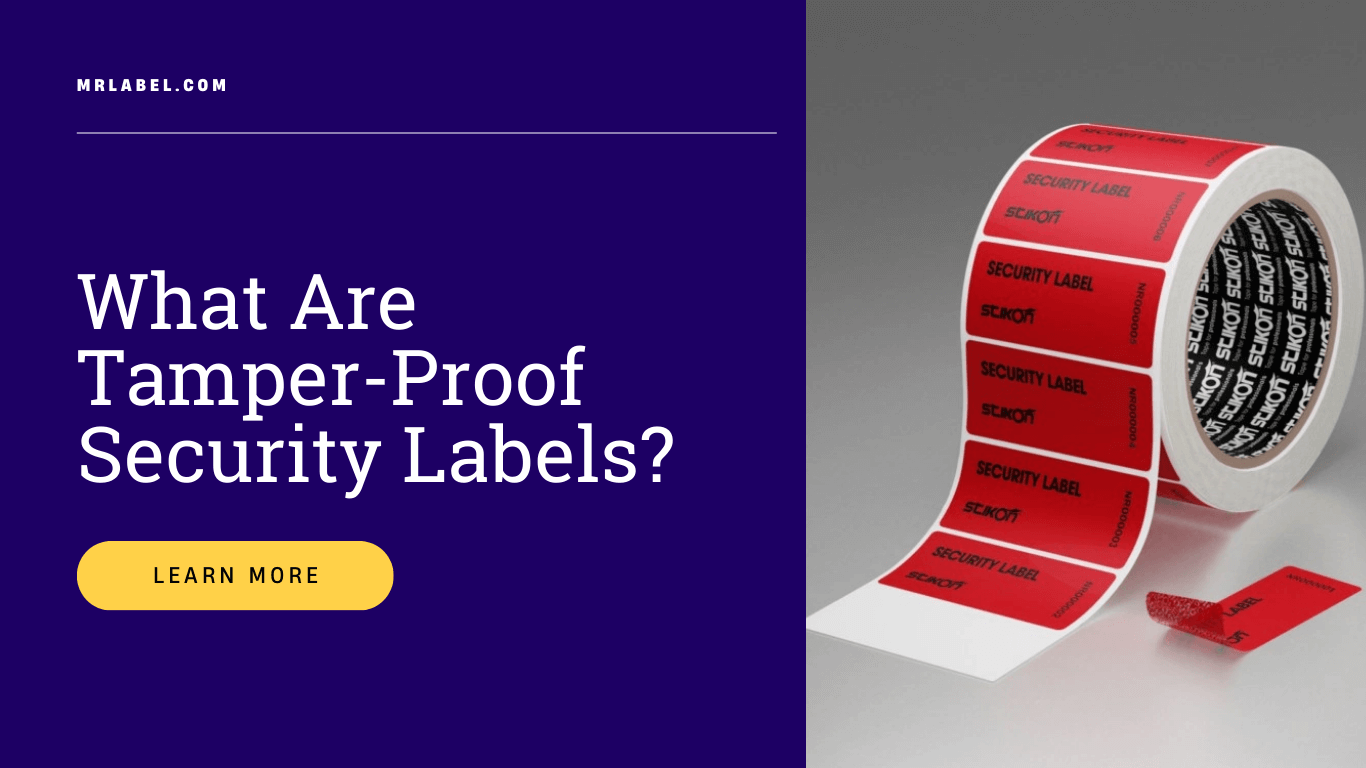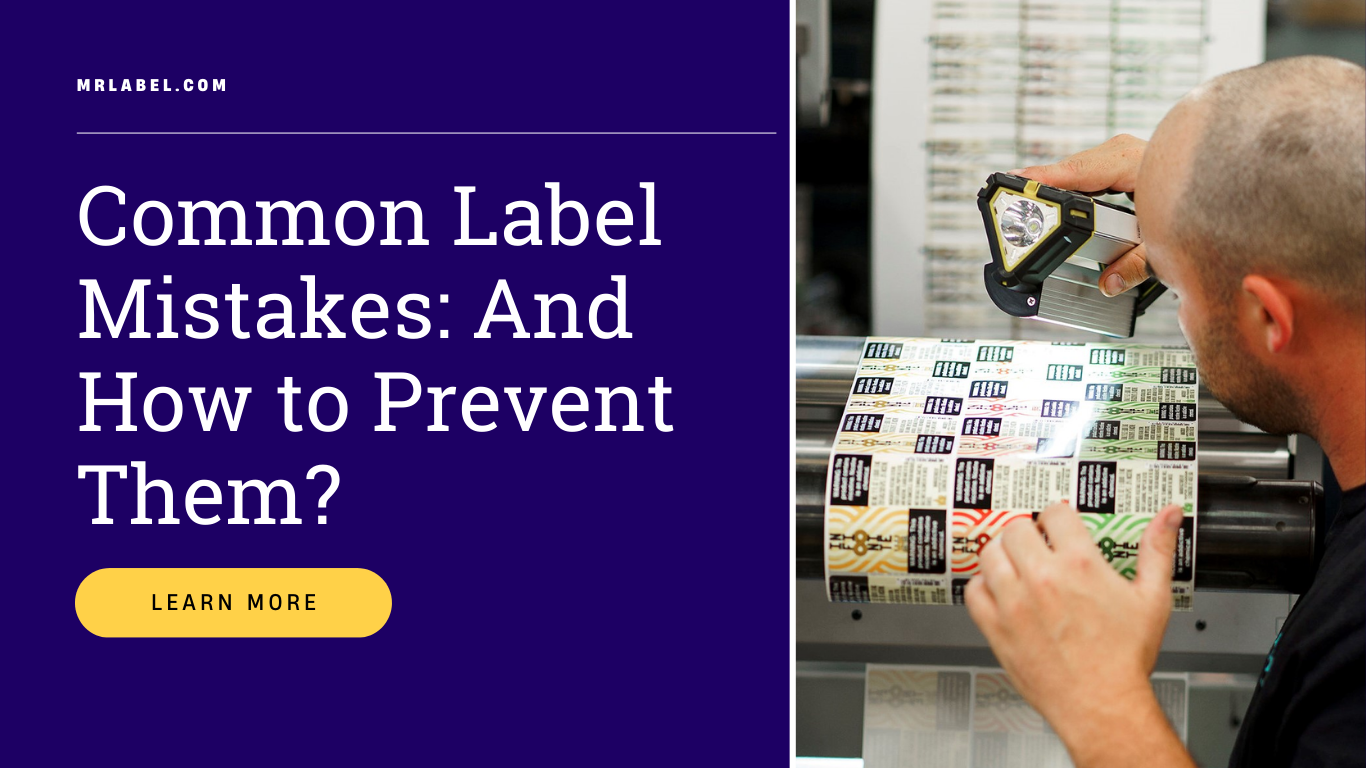Labels are an integral part of product identity, and since they give helpful information, company owners and manufacturers need economical yet impactful label designs.
Creating a well-designed, functional, visually appealing label holds significant importance. However, the label application process itself carries equal weight. Why is this so crucial? Simply put, poorly applied labels, regardless of their design quality, always detract from the overall presentation.
Fortunately, applying labels is generally straightforward. Nonetheless, there are vital considerations to ponder before diving in. Neglecting these could lead to costly errors, and many small and medium enterprises needed help to afford these errors. Recognizing that even minor mistakes can tarnish your brand’s image and disrupt sales is imperative.
We will discuss how to apply labels by hand, but before you dive into hand application, let’s explore the two primary approaches to label application and their distinctions.
The Primary Methods of Applying Labels
The two primary methods of applying labels are machine and hand. Both these methods can be beneficial under specific circumstances, but there are a few differences regarding the pros and cons.
Considering Costs
Different labels cost differently, depending on the kind of labels you use and the project details. Hand application presents a cost-saving advantage due to the absence of machinery requirements.
However, it brings a significant time investment to the label application process. Machine labeling might be the more economical choice in scenarios involving the volume of labels.
This is primarily due to its expedited process, resulting in savings on labor expenses.
Moreover, hand-labeling raises possibilities of human error, meaning misapplication can occur. Such errors can incur additional costs from reprinting labels and discarding product containers.
Utilizing Repositionable Adhesives
When applying labels by hand, it is best to use repositionable adhesive.
These labels afford a brief window to reposition the label if needed. After application, if any adjustments or repositioning are required, you can do it due to the adhesive. This feature can help with issues such as misaligned labels and errors.
Take a Look at The Cost of Applicator Machines
Another factor to consider is the cost of label application machines. Label applicators vary in price and size depending on exactly what you need them for. If you have a beverage company, and the daily bottling is in thousands, you need to get a label machine applicator which will save you labor costs significantly.
There are also many brands to choose from, each with its machine. Some brands may offer a customization service that can cost extra. So, what should you look for in a labeling machine?
The first feature you should consider is matching the production volume on your end. A labeling machine is only sometimes needed for smaller enterprises or those with fewer products to label.
But, you may incur extra costs from your product manufacturers if they know you cannot use label equipment at this stage.
How To Apply Labels by Hand
Hand labeling is an adequate option for manufacturers and production units with a small daily output.
Even so, small enterprises can select a small machine, a semi-automatic option, or hand labeling. Here are some valuable tips to help ensure you can correctly apply the label by hand.
- Determine the best place to apply the label: Apart from selecting a clean and dry spot for applying the label, ensure it is in an aesthetically strong position on the package. The flatness of the surface is crucial as it ensures proper adhesion, minimizing the risk of creases, bumps, or imperfections that could compromise the label’s integrity. If the packaging is not smooth and flat, you will require more skill in applying the label. We have some tips for you if you have to label a bottle or another irregular surface.
- Proper surface preparation is crucial: Labels will struggle to stick if the surface is dirty or damp, regardless of the material they’re made from. Whether your labels are plastic, cardboard, or paper, debris and dirt hinder adhesive bonding. To prepare surfaces, we recommend using Isopropyl alcohol wipes to remove grease, oil, and dust quickly and efficiently. However, always verify that the product can withstand this application before proceeding. Moreover, moisture poses a significant obstacle to label adhesion and adhesive effectiveness. If moisture is unavoidable, consider opting for more robust adhesive properties labels.
- Temperature considerations: Temperature plays a vital role in label adhesion. Extreme heat or cold can interfere with the adhesion, especially if the adhesive isn’t formulated for such conditions. Whenever possible, allow labels to reach room temperature before application. Alternatively, invest in adhesives suitable for all temperature ranges or extreme cold conditions.
- Precise application technique: Careful and accurate label application is essential for efficient processes.
Follow these steps for optimal results:
- Ensure the surface is clean and dry.
- Confirm the label is at room temperature before carefully peeling it from its carrier, avoiding contact with the adhesive.
- Press the label firmly and evenly into place, applying additional pressure for thin labels.
For non-flat surfaces like bottles, follow these additional precautions:
- Secure the product on a stable surface.
- Peel the label from its backing and align it carefully with the desired area on the bottle.
- Press the label down in the middle, then smooth it outwards from the center to the left and right.
- Smooth down the label to ensure proper adhesion.
Machine application is recommended for clear labels to avoid trapping air and creating unsightly bubbles.
Applying clear labels smoothly by hand can be challenging. After using the label, exercise patience and allow it to cure for 72 hours in a neutral temperature environment. This process enables the adhesive to bond effectively with the container surface, ensuring long-lasting adhesion.
The Different Kinds of Label Applicators

Handheld Label Applicator:
These are best suited for boxes or square products. They are easy to use, can create labels of various specifications, and are easy to transport. You may have seen this gun-like applicator at supermarkets and gift shops.
Manual Label Applicator:
Unlike a handheld applicator, this one is a standing machine, and you need to take the boxes or packaging to the machine. It’s best suited to companies with a smaller budget who are still deciding whether to commit to an automatic machine.
Semi-Automatic Label Applicator:
These machines need some input from users. For example, the date or price of the products can be changed manually.
In-Line Automatic Labeling:
This is the machine you need when things get serious. If you are expanding or thinking of labeling more than 100 products within a short period, this machine is what you need. However, these machines cost more than any manual or semi-automatic applicator and will be an investment for some companies.
Rotary Labeling:
If we could say so, this is the Rolls-Royce of labeling machines. It’s the top-end product for labeling consistently. However, the cost of this machine is also at the Rolls-Royce level for small enterprises. Your investment in a machine is only worth the money if you’re looking at producing thousands of product pieces per day.
Conclusion
All manufacturers must know the significance of labels.
You can apply labels with machines or you can apply them by hand. We have discussed the various kinds of application styles and elaborated upon the steps on how to apply labels by hand.



